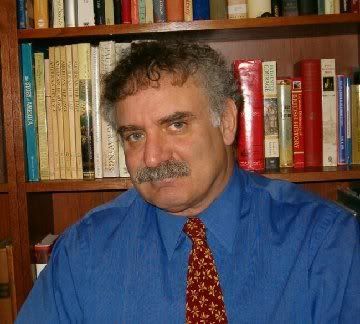St. Marys vital part of history – the Sault's and the Zeppas'
Dan Bellerose
Local News - Wednesday, May 23, 2007 Updated @ 4:57:57 PM
"It's sad to think that a place with so much history, so many memories, could be closing for good after more than 100 years," said Zeppa, a retiree residing on Mark Street.
Her late father, Joseph Pohrybunk, began work at the mill no later than 1920, three years after the Lake Superior Paper Co. amalgamated with the Spanish River Pulp & Paper Mills Ltd.
Her late husband, Joseph Zeppa, worked nearly 40 years for the Abibiti Power and Paper Co., which took over from Spanish River Pulp & Paper in 1928, retiring in 1984 at about the time St. Marys Paper Inc. was launched by Chicago entrepreneur Dan Alexander.
Her son and daughter found summer employment at the mill, her son as a student worker and her daughter as a tour guide.
The 111-year-old paper mill isn't history yet.
A court-appointed receiver is currently reviewing offers for the company assets, including one from potential local suitors wanting to resume operations at the specialty papermaker, idle for about a month.
The cash-strapped, 380-worker mill underwent an unsuccessful six-month restructuring process.
"The community would be devastated if it were to close," said Zeppa.
"From what I read, it sounds like the majority of workers are too young to retire and too old to go looking for other work."
She has memories of long-forgotten Spanish River Pulp & Paper.
"I remember as a child taking hot meals for my father right into the mill itself . . . Sometimes he would give me a small container of fresh pulp I could use on school projects," she said.
"A lot of fathers from the neighbourhood (the Pohrybunk's lived in the vicinity of the mill) ended up working there."
Among her mementos from Spanish River Pulp & Paper are an engraved silver cup, company service pins, photos from company picnics, and her father's International Brotherhood of Paper Makers No. 133 badge.
"Every employee got an engraved silver cup from Patterson's Jewelers to commemorate the birth of a child, the engraving would include the child's name and birth date," said Zeppa.
Spanish River Pulp & Paper was founded in present-day Espanola, located on the Spanish River, a company town in the early 1900s.
It had a second mill in Sturgeon Falls at about the time of amalgamating with Lake Superior Paper Co., which commissioned the area's first newsprint paper machines in the summer of 1912.
One-hundred-forty-two employees from the three mills served in the armed forces during the First World War, 16 never to return.
Abitibi Power and Paper, with eight pulp and paper mills in three provinces, merged with Spanish River in 1928.
The stock market crash and ensuing Depression forced Abitibi, founded in 1914 in Iroquois Falls, into bankruptcy in 1932, but demand for newsprint kept the paper machines humming until the Second World War.
Zeppa remembers work being scarce in the Depression years, under the ownership of Abitibi Power and Paper.
"People would only be working a couple days a week but they kept people working until times got better," she said.
Zeppa herself was among more than 100 pioneering women who went to work at Algoma Steel Inc. for the last three years of the Second World War.
It marked the first time in the history of the steelmaker that women had advanced beyond clerical pools and onto the shop floor.
"There was a shortage of labour and we were replacements for the men who went off to war," said Zeppa, who got in three years as a tester and recorder in the open hearth mill.
"All the women on production jobs were let go in late 1945 when the guys started returning."
Abitibi's 56-year ownership of the Sault paper mill ended in the spring of 1984, when a consortium headed by Alexander purchased the closure-threatened mill from Abitibi Price Inc.
New ownership immediately began investing $17 million into converting the oldest of Abitibi's 13 Canadian operations from a groundwood to supercalender producer, for the more lucrative glossy publication market.
Paper machine No. 5, the current workhorse of St. Marys' three machines, was commissioned in 1988 at a cost of $145 million and bumped annual production from 120,000 tons to 220,000 tons.
Subscribe to:
Post Comments (Atom)

No comments:
Post a Comment